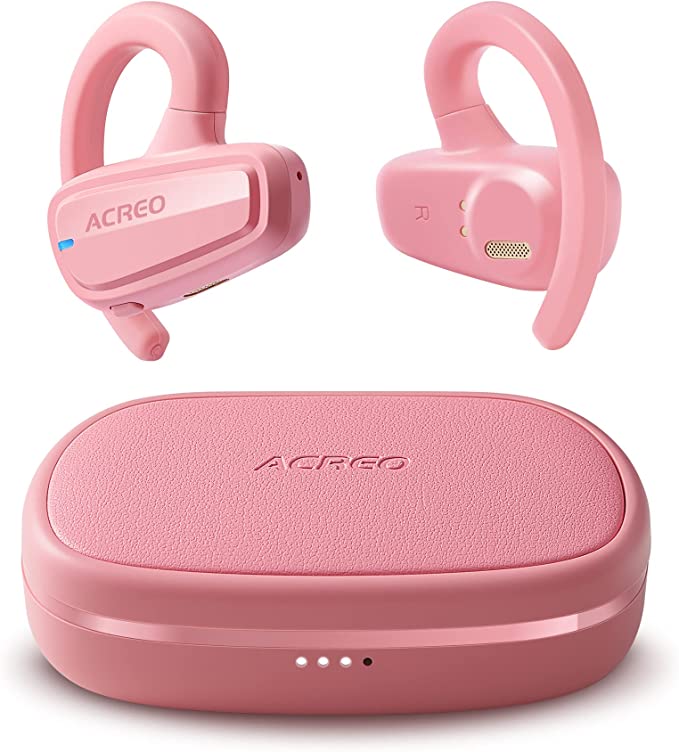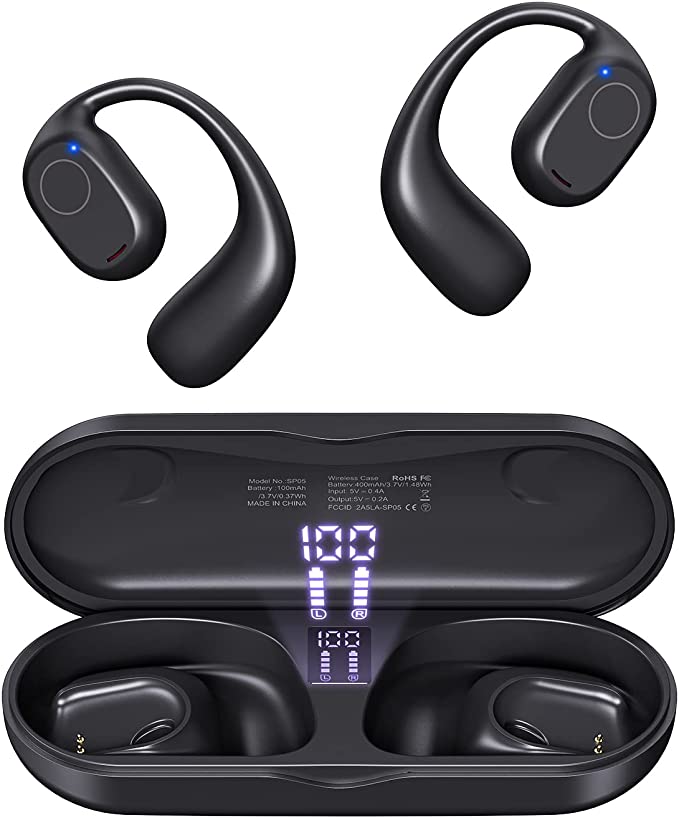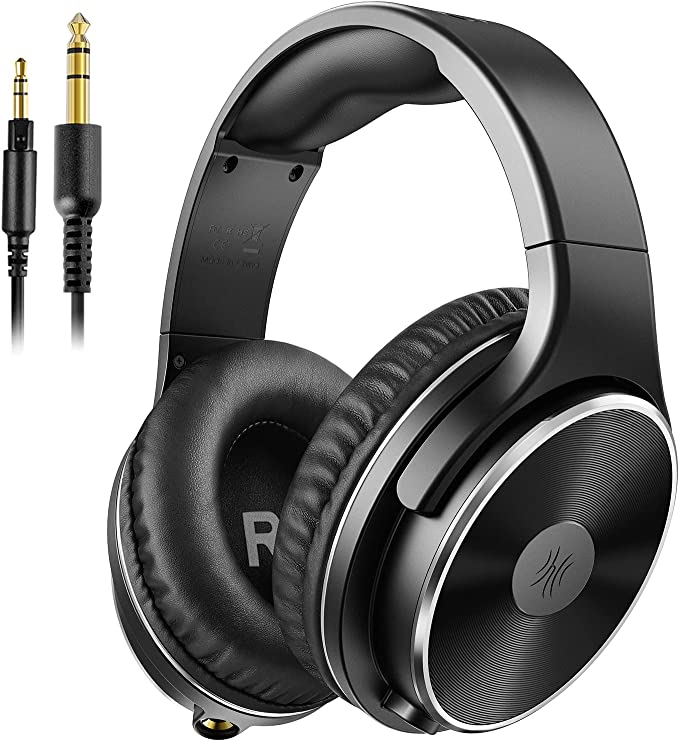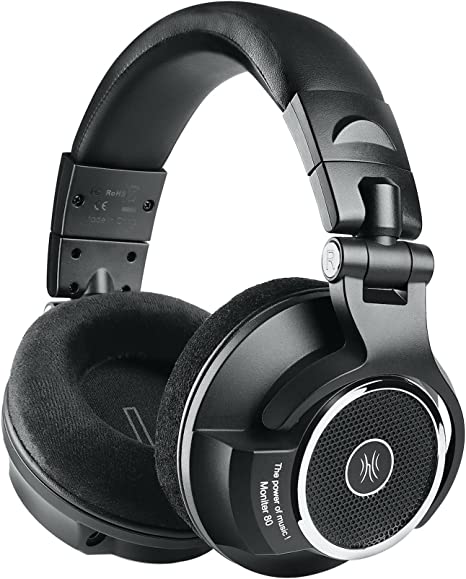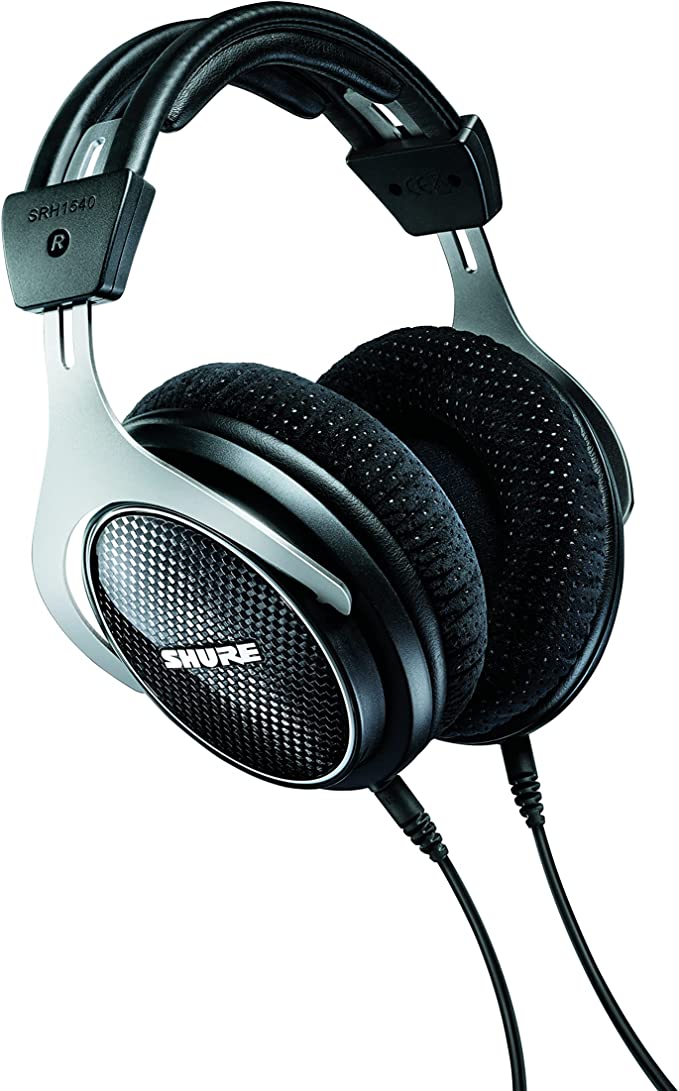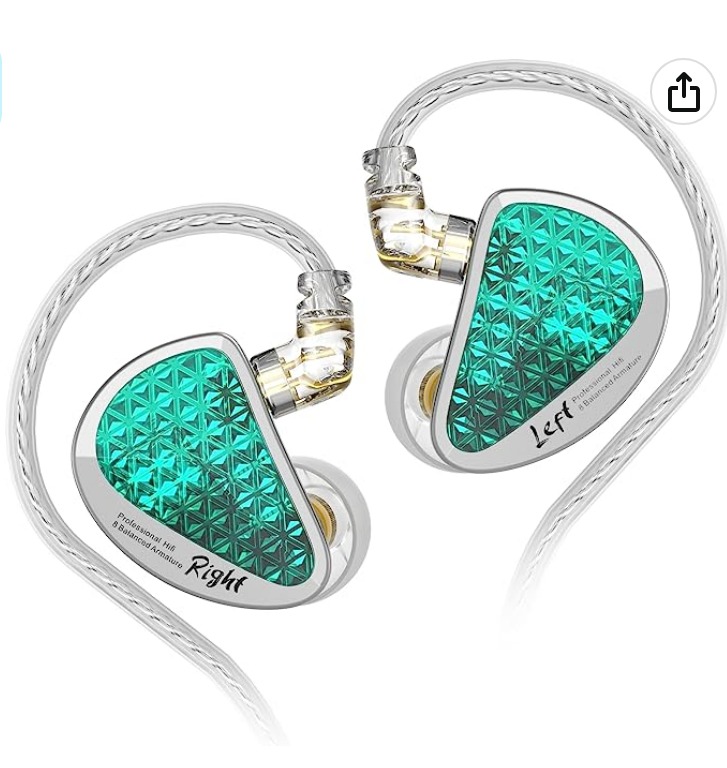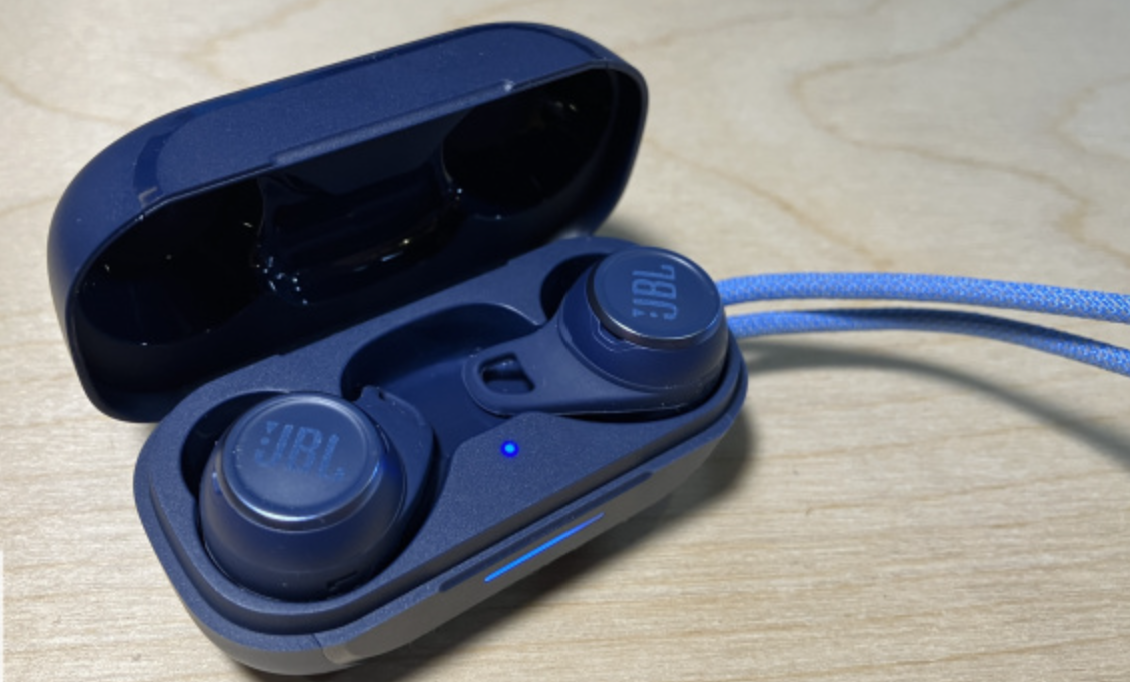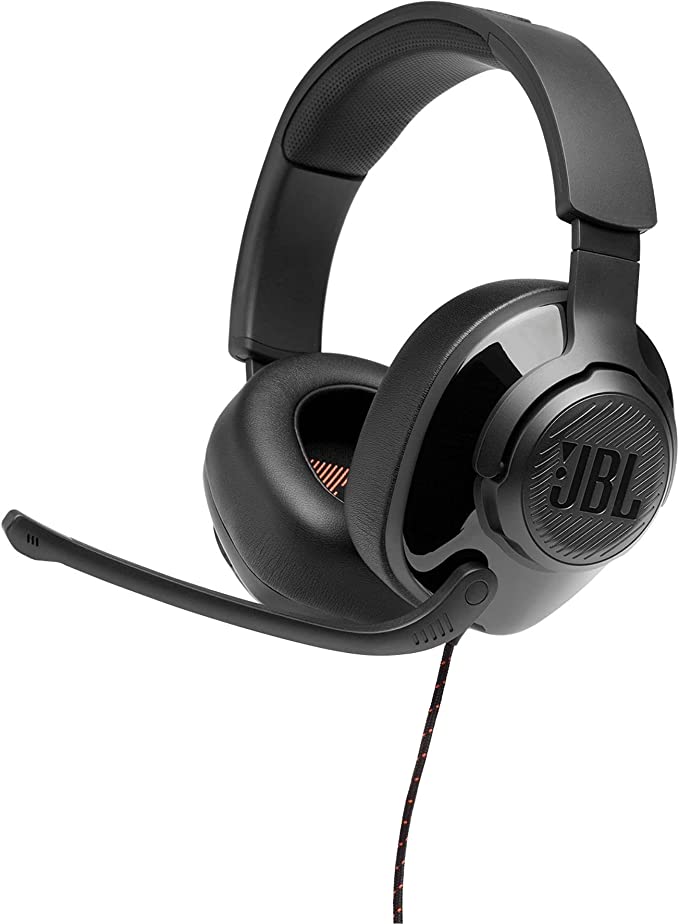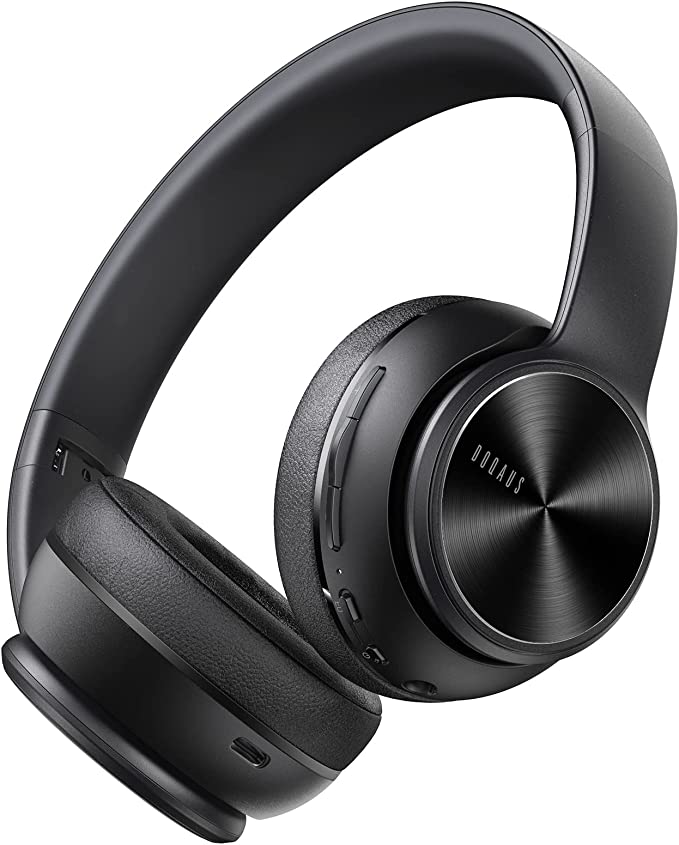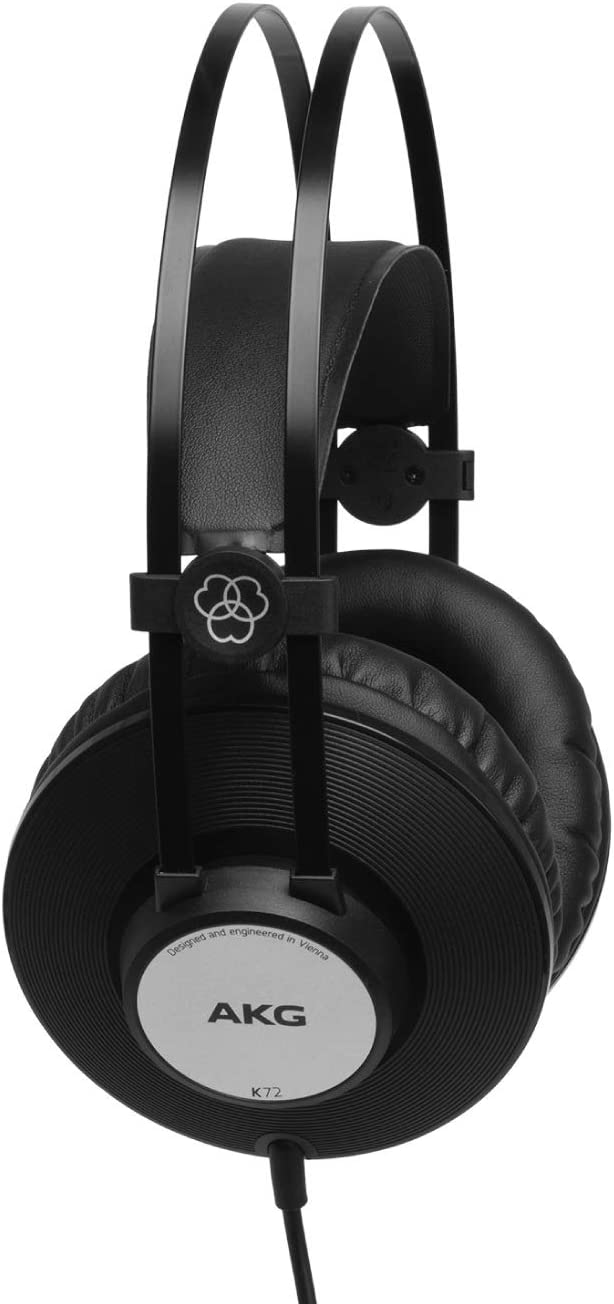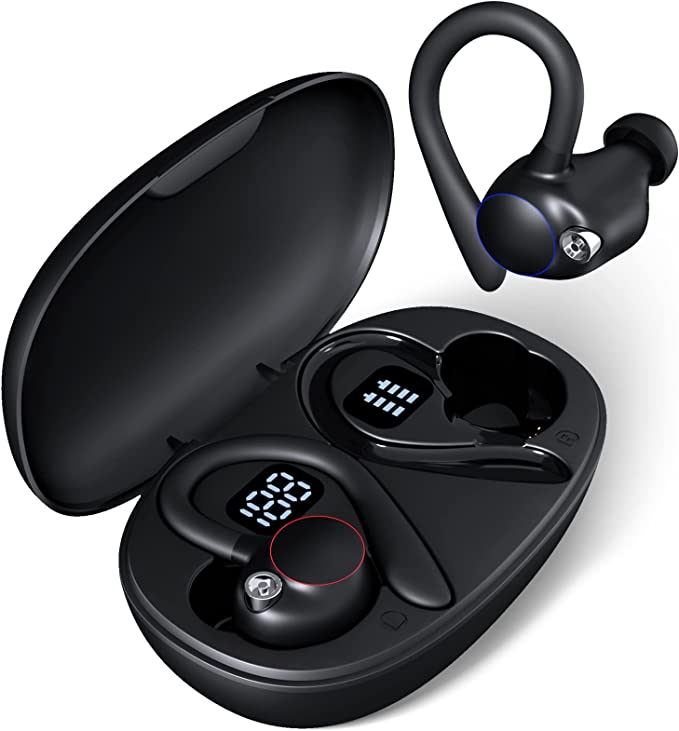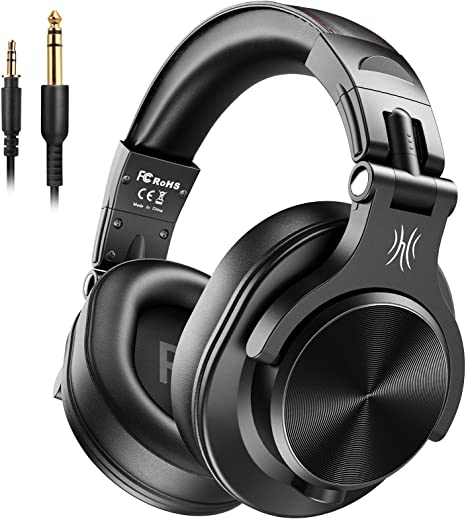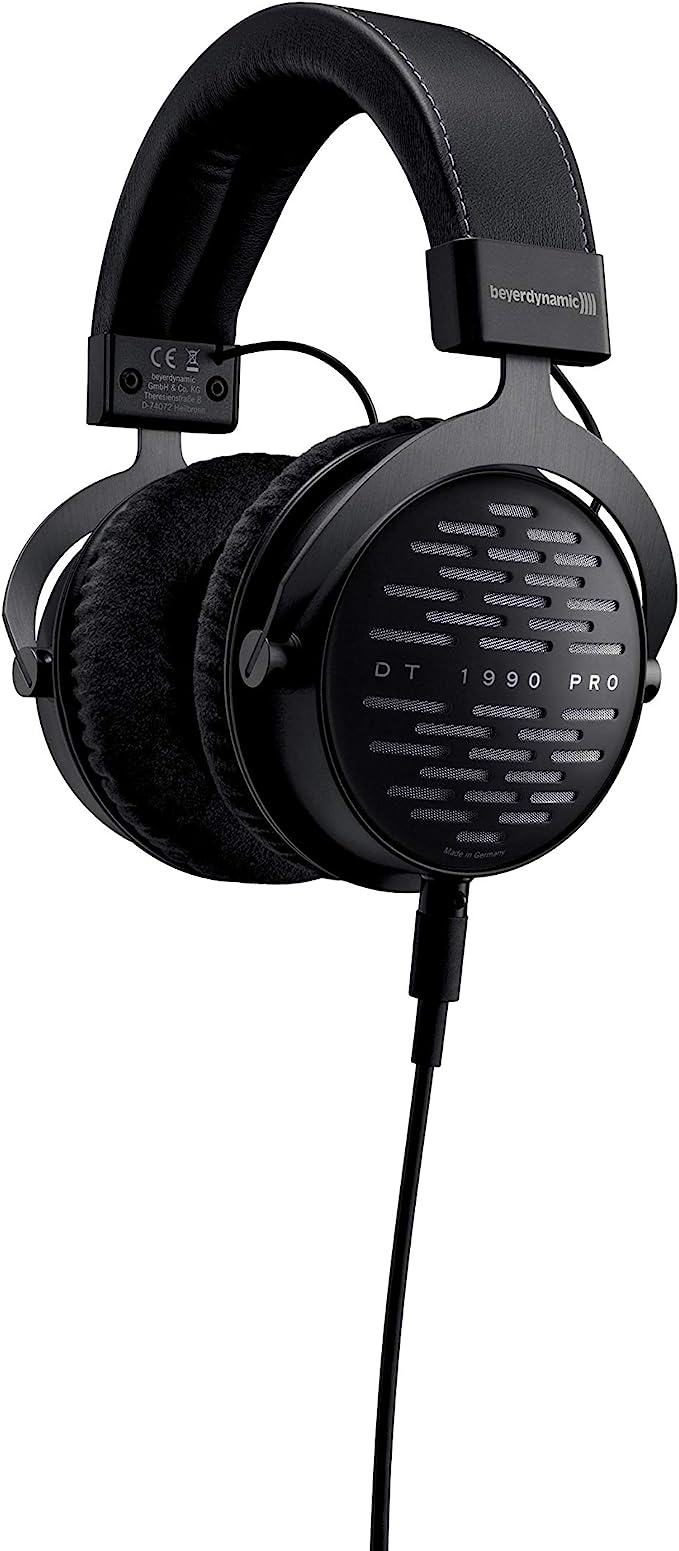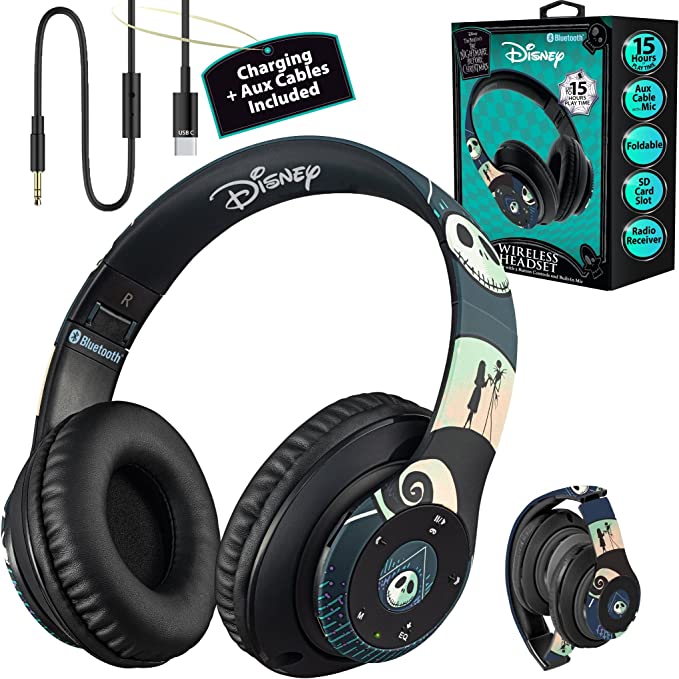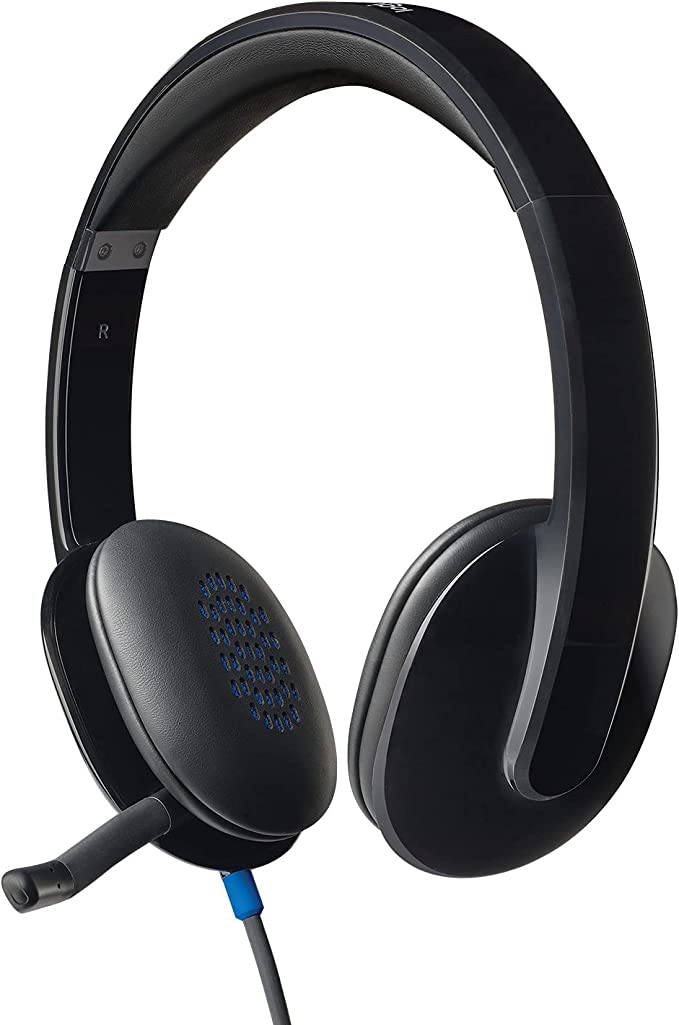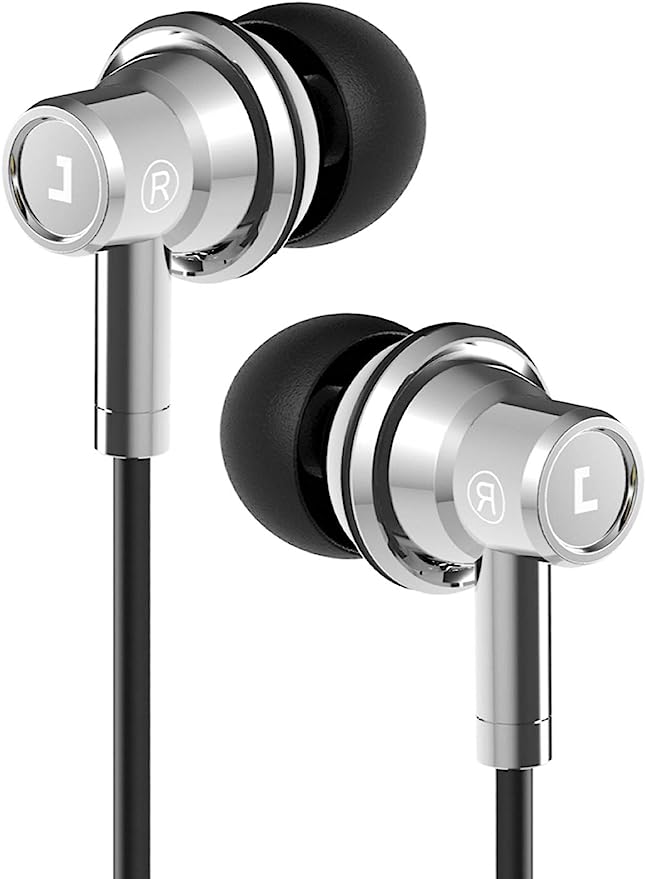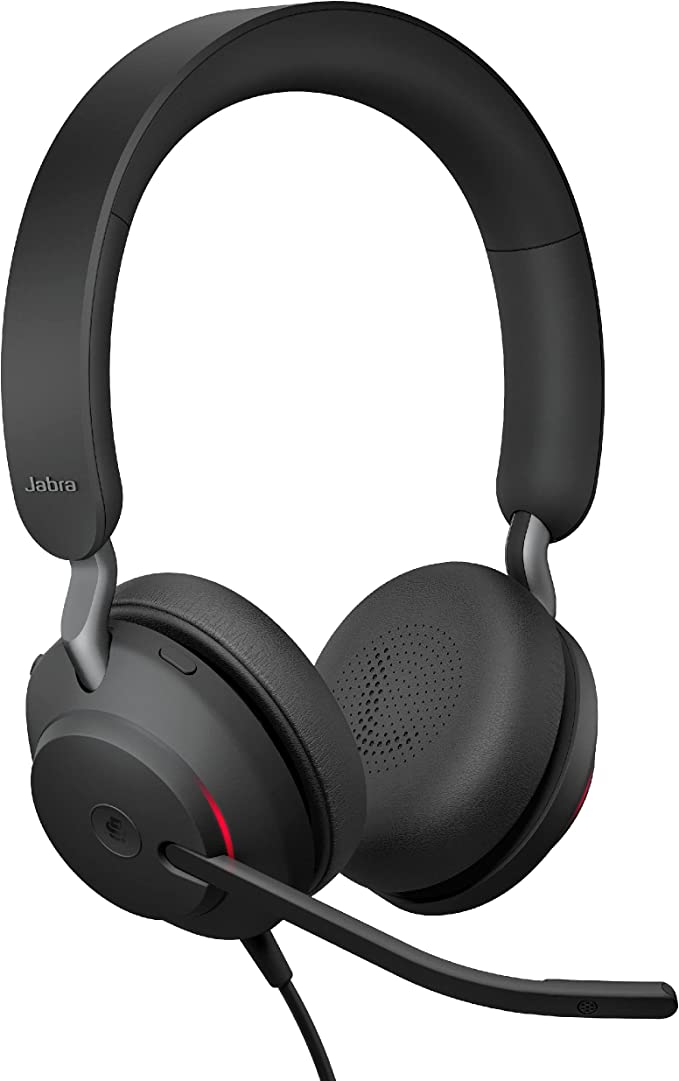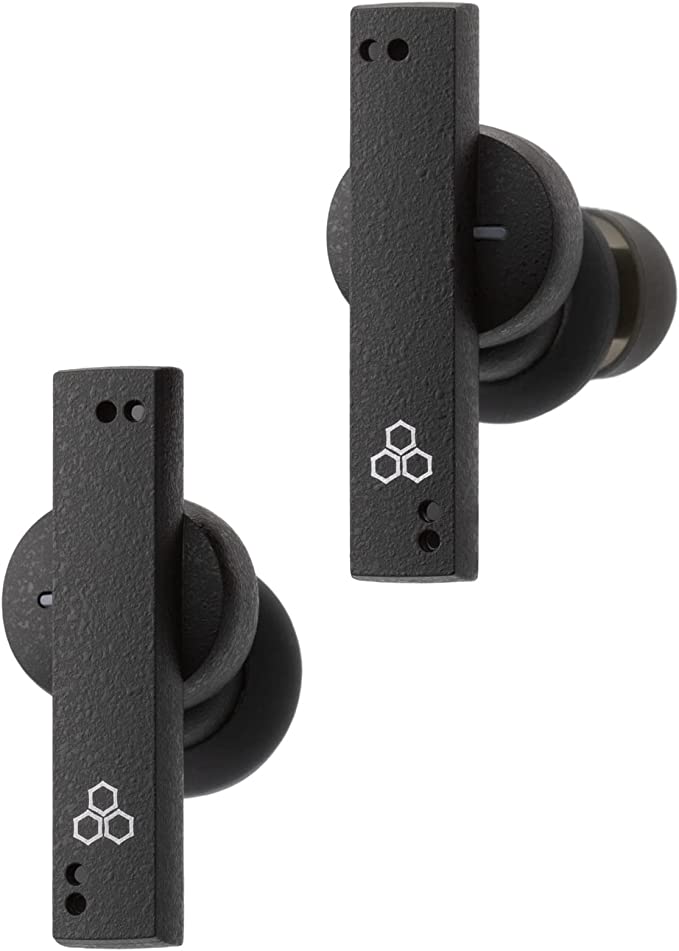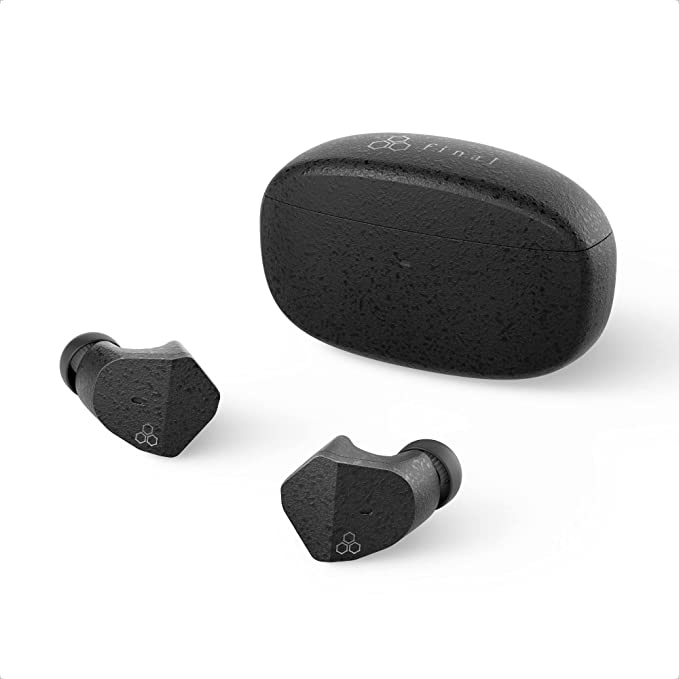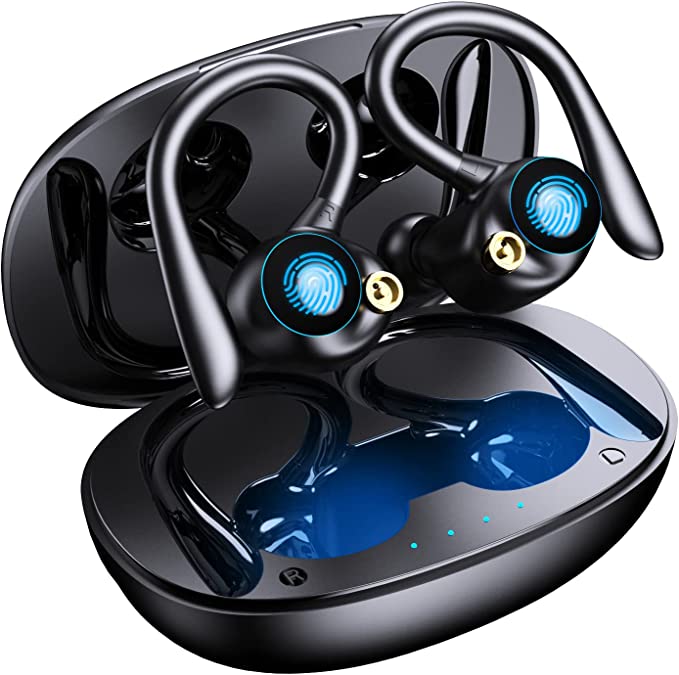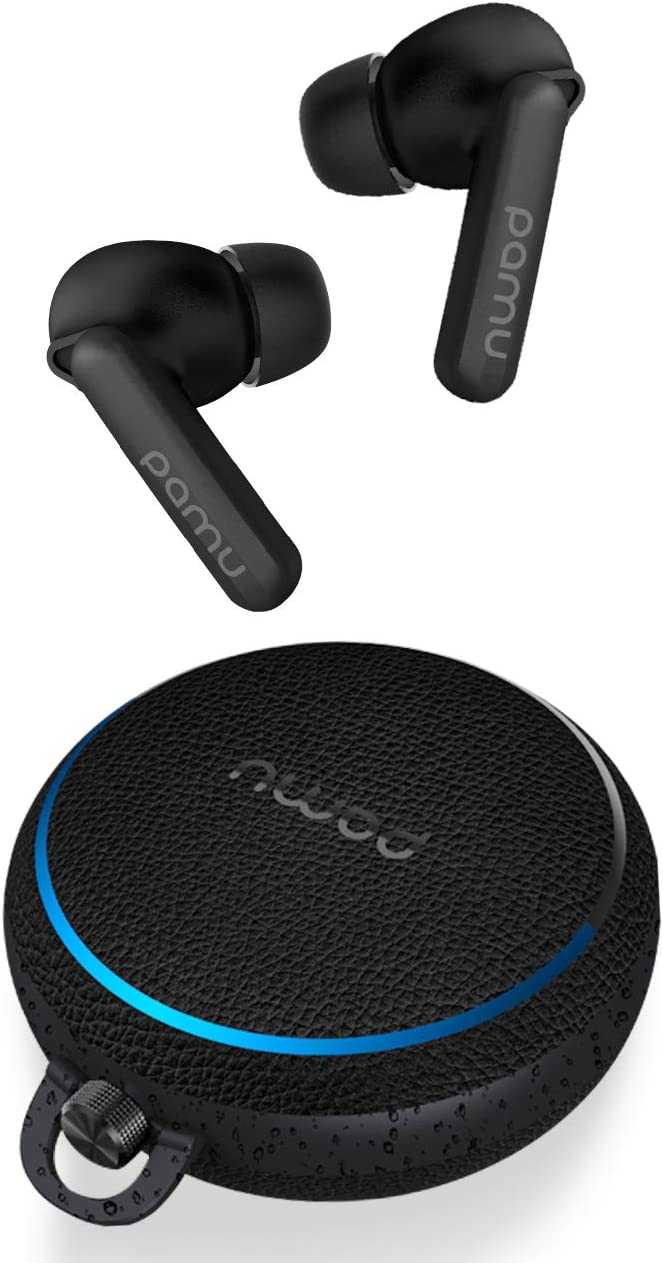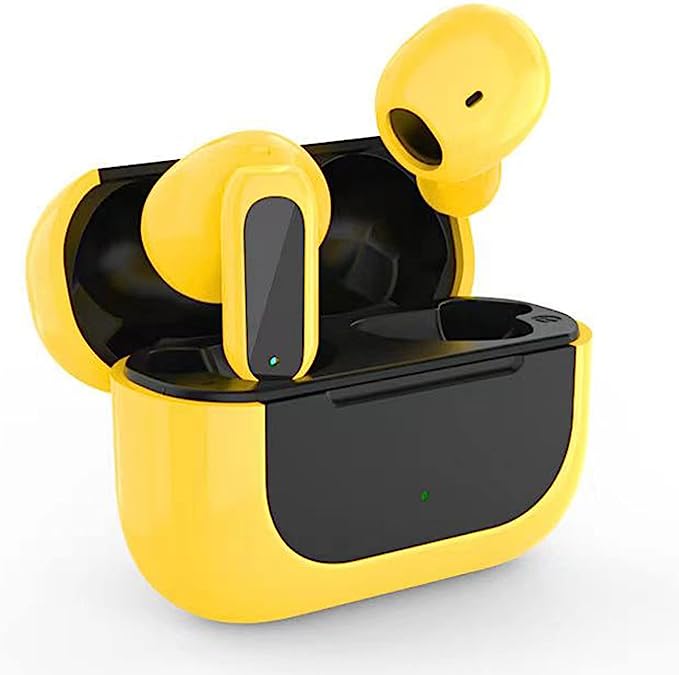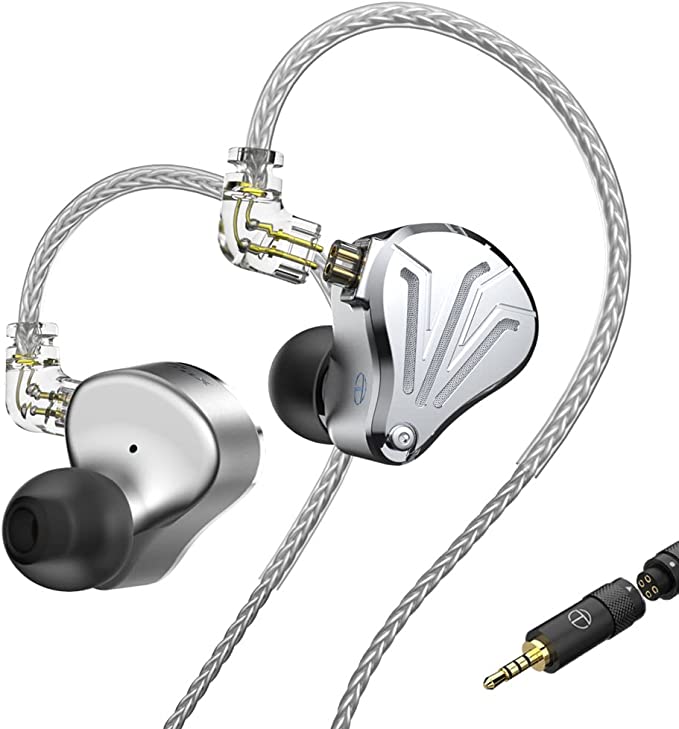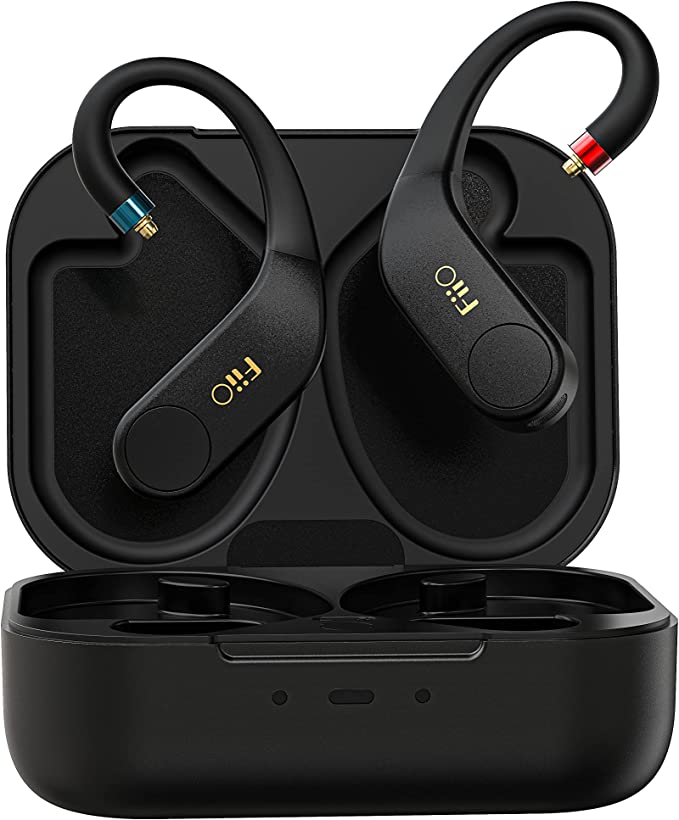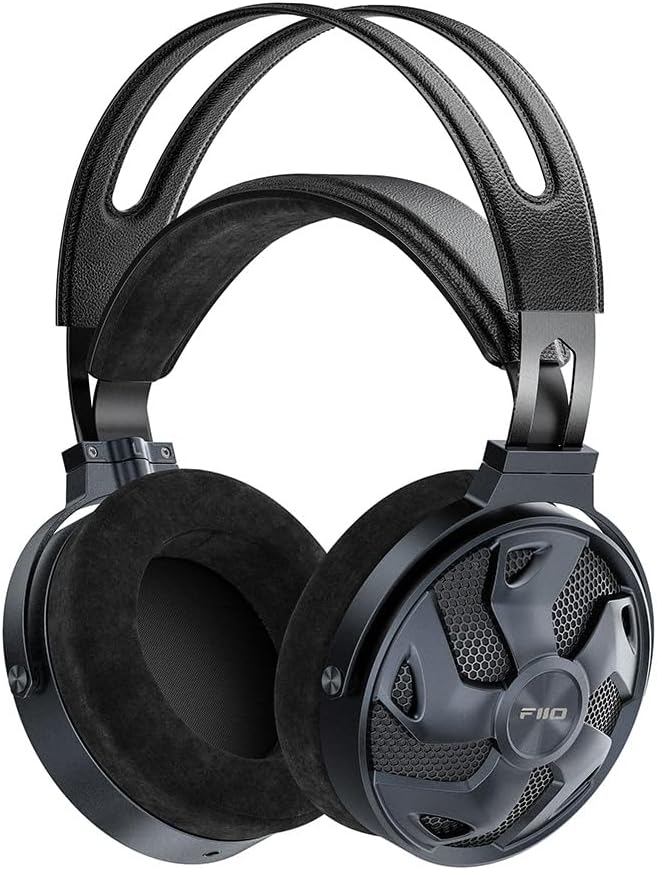The Physics of Entry-Level Bone Conduction: Decoding Transducers, Skin Impedance, and the IP68 Paradox
Update on Nov. 22, 2025, 5:26 p.m.
Bone conduction technology has transitioned from a medical necessity to a consumer curiosity, and finally, to a staple of the athletic world. Yet, a significant price gap remains in the market. While flagship models command premium prices, devices like the OFUSHO M3S attempt to democratize this technology at a fraction of the cost.
To understand the capabilities and limitations of such a device, we must move beyond marketing claims and examine the underlying physics. How does a budget-friendly transducer manage to transmit sound through the skull? And what does an “IP68” rating actually imply when the fine print advises against swimming?

The Transducer Challenge: Overcoming Skin Impedance
The core of any bone conduction headphone is the vibrator (transducer). Unlike a dynamic driver that pushes light air molecules, this transducer must vibrate the dense mass of the cheekbone.
The OFUSHO M3S utilizes a “Fully enclosed directional dual-diaphragm” design. In engineering terms, this likely refers to a mass-spring system optimized to maximize tactile vibration transfer while minimizing air leakage. However, physics imposes a penalty known as Skin Impedance. * High-Frequency Damping: Human skin and fat tissue act as a natural low-pass filter. They readily absorb high-frequency vibrations. This explains the “muffled” sound character often noted in user reports. It is not necessarily a defect of the speaker, but a property of the transmission medium (your face). * The Bass Trade-off: To make bass audible through bone, the transducer must vibrate with significant excursion. In entry-level devices, this can lead to a “tickling” sensation on the cheekbones before deep bass is perceived.

The IP68 Paradox: Static vs. Dynamic Pressure
One of the most confusing aspects of modern electronics specifications is the Ingress Protection (IP) Rating. The M3S boasts an IP68 rating, theoretically indicating it can withstand submersion beyond 1 meter. Yet, the manufacturer explicitly states: “The earbuds are not designed for swimming”.
This apparent contradiction is an important lesson in engineering standards:
1. Static Testing: IP ratings are awarded based on lab tests in still, fresh water.
2. Dynamic Reality: Swimming introduces dynamic pressure (water impact from strokes) and chemical complexity (chlorine or salt), which can breach seals that hold up in a static beaker test.
3. Signal Physics: Furthermore, Bluetooth signals (2.4GHz) are almost entirely absorbed by water. Without built-in MP3 storage (which the M3S lacks), a “swimming headphone” is functionally useless underwater as it disconnects from the phone instantly.
Therefore, the IP68 rating here should be interpreted as “High-Grade Weather Sealing”—perfect for heavy rain or rinsing off sweat, but not for doing laps in the pool.

Power Efficiency: The Role of Bluetooth 5.3
Budget electronics often skimp on chipsets, but the inclusion of Bluetooth 5.3 in the M3S is a significant functional advantage. * LE Audio Readiness: Bluetooth 5.3 optimizes the Low Energy (LE) protocol. This efficiency is critical for devices with small batteries. It allows the M3S’s modest 150mAh battery to achieve a respectable 7-8 hours of playback. * Connection Stability: The updated protocol improves frequency hopping, which helps maintain a stable connection in RF-crowded environments like gyms, addressing the dropout issues common in older budget headsets.
Charging Interface: Magnetic vs. USB-C
The move to a Magnetic Charging Port is a direct consequence of the waterproofing requirement. A standard USB-C port is a large cavity that is difficult to seal against water ingress. By using flush magnetic contacts, engineers eliminate this weak point. However, this introduces a usability trade-off: the proprietary cable. As noted in user feedback, these connections can be sensitive to alignment. This is a classic engineering compromise—prioritizing ingress protection over universal compatibility.

Conclusion: A Technology Demonstrator
The OFUSHO M3S serves as an accessible entry point into the world of osteo-conductivity. It demonstrates that the fundamental mechanism of bone conduction—safety through situational awareness—can be achieved without flagship pricing. While it cannot cheat the physics of skin impedance or the limitations of Bluetooth in water, it offers a pragmatic solution for runners and hikers who prioritize awareness over audiophile fidelity. It is a device defined as much by what it isn’t (a noise-canceling isolation chamber) as by what it is (an open interface to the world).

